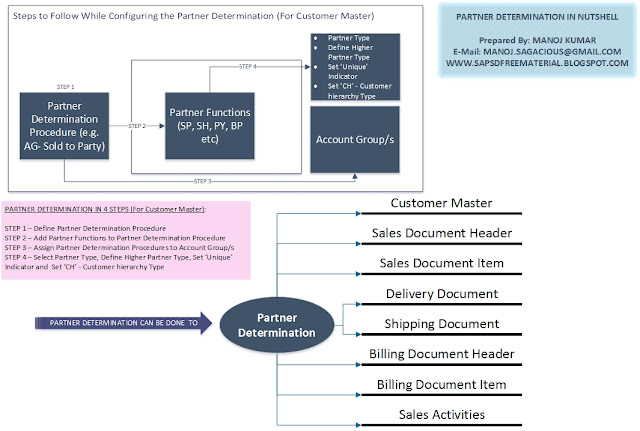PLEASE BEAR WITH ME ! YOU MAY NOT SEE POSTS I CREATED AFTER 2017
DEAR ALL, I UNDERSTAND THAT YOU ARE HERE READING THIS BLOG TO FIND OUT SOME NEW CONTENT RELATED TO S/4 HANA SALES AND TOPICS LIKE FSCM CREDIT MANAGEMENT, AATP, CONDITION CONTRACTS ETC. UNFORTUNATELY THE DOCUMENTS I CREATED ARE NO MORE ACCESSIBLE DUE TO SERVICE CHANGE OF A DOCUMENT REPOSITORY WEBSITE WHERE I USED TO SAVE THE DOCUMENTS. SEVERAL POSTS HAVE BEEN IMPACTED. MOSTLY THE POSTS FROM 2014 TO 2017 AND THEN ALL POSTS FROM 2018-2021. I HOPE TO SHARE SOME REALLY EASY TO UNDERSTAND PRACTICAL DOCUMENTS WITH YOU. BUT IT MAY TAKE A LOT OF TIME AS MY WORK SCHEDULE HAS BEEN VERY BUSY THESE DAYS. MEANWHILE PLEASE GO THROUGH THE SAP PRESS BOOKS AND CERTIFICATION BOOKS. NOTHING CAN BEAT THOSE WHEN IT'S ABOUT GETTING YOUR CERTIFICATION CLEAR AND GETTING CONCEPTS UNDERSTOOD. WISHING YOU ALL THE VERY BEST. AT LAST, THANK YOU FOR BEING HERE ! THANKS MANOJ
